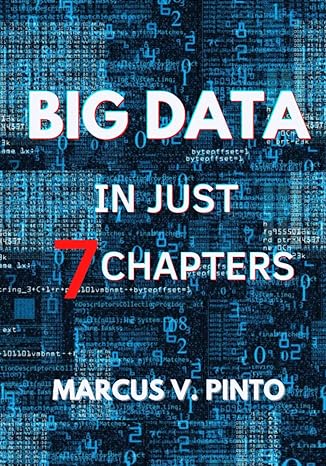Answered step by step
Verified Expert Solution
Question
1 Approved Answer
Intuitive background to the question ( not required to solve the question ) : The running of the Edmonds - Karp algorithm can be divided
Intuitive background to the question not required to solve the question:
The running of the EdmondsKarp algorithm can be divided into "stages": in the first stage the algorithm finds paths of some length l in the second stage it finds paths of length ll in the third stage it finds paths of length ll and so on
Each step has at most E augmenting paths. This is when in each iteration the shortest path is chosen arbitrarily.
Thought: Can we get a better constraint on the number of augmenting paths at each stage? For example, by choosing a nonarbitrary shortest route.
In this question, you will prove that there are cases where OmegaV augmenting paths are needed to pass a stage, no matter how the shortest path is chosen.
For simplicity, prove this for the first step, but for two different l values.
formally:
Notation: For each flow network N G VE c s t we denote by LN the length of the shortest path from s to t if one exists, or infinity otherwise.
Theorem: for every n there exists a flow network N G VE c s t such that V n and the following conditions are met:
LN l
l will be defined in each section separately
The EdmondsKarp algorithm on N necessarily runs for at least n iterations in which a path of length exactly l is chosen no matter how the shortest path is chosen in each iteration
Instruction: If you need n to be divisible by a certain number, for example by you can choose n that satisfies this.
A Present a flow network N that satisfies the theorem for l and prove the theorem.
B Present a flow network N that satisfies the theorem for ln without proof.
Step by Step Solution
There are 3 Steps involved in it
Step: 1

Get Instant Access to Expert-Tailored Solutions
See step-by-step solutions with expert insights and AI powered tools for academic success
Step: 2

Step: 3

Ace Your Homework with AI
Get the answers you need in no time with our AI-driven, step-by-step assistance
Get Started


